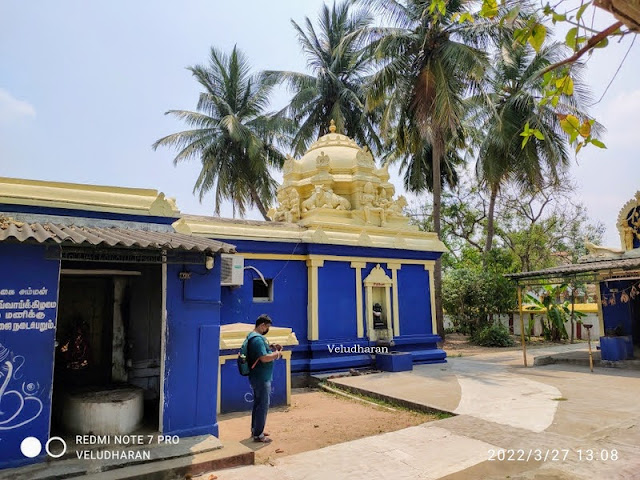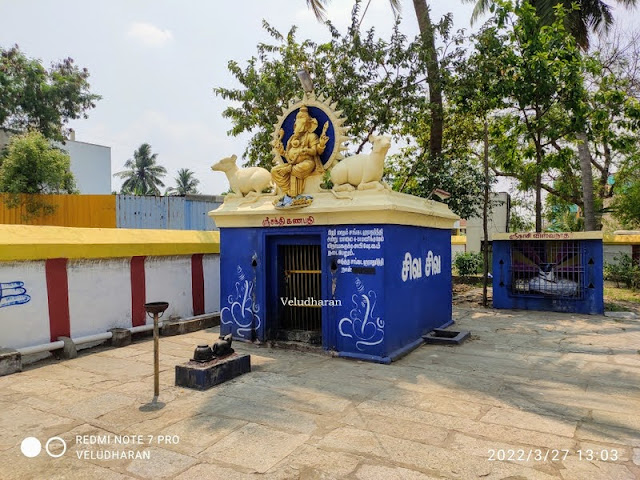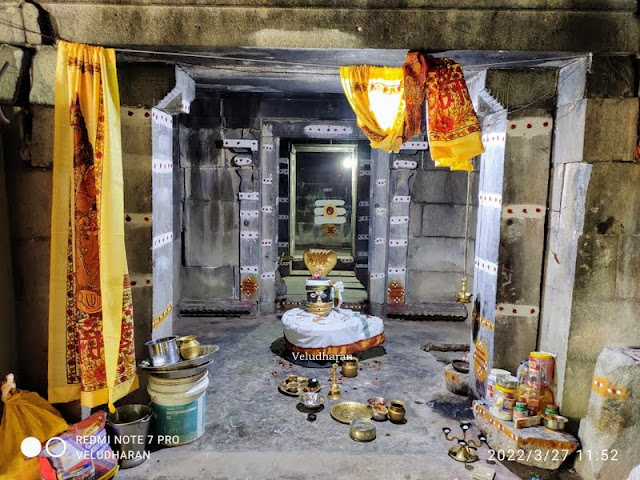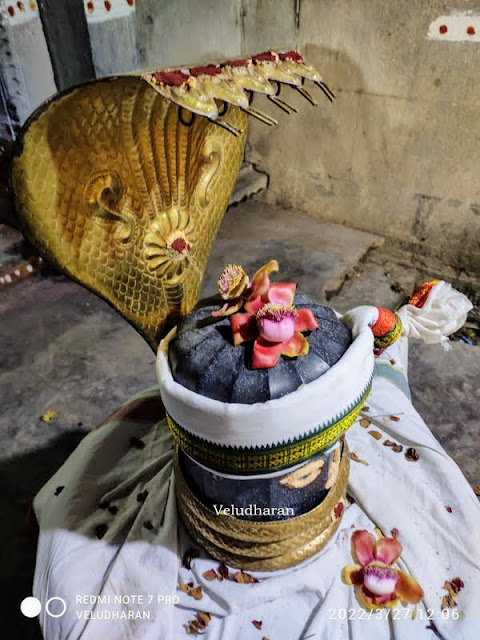The visit to this Shri Raghunatha Temple at Jammu was a part of AMARNATH JI yatra on 05th July 2014. This was a continuation Yatra to Kailash and Chardham ( Yamunothri, Gangothri, Badrinath and Kedarnath ), with the same Group with the change of Travel agency. Our team consists of 20 members. All the arrangements were made by Mr TSR Prabhakaran. The main itinerary in this Amarnath yatra includes Shiv Khori Cave, Shri Vaishno Devi Cave, Mata Kheer Bhawani Temple, Amritsar, Wagah - Attari border Ceremony and Shri Raghunath Temple Jammu.
The presiding deities : Sri Ram as Raghunath, Sri Sita
and Sri Lakshman
and Sri Lakshman
Some of the salient features of this temple are…
Shiva Lingam with Parvati ( a big size Shiva Lingam, phallic form of Lord Shiva including Spadikam and Saligrams in Natarajar Sannadhi ), Suriyan, Sri Saibaba. Stucco images of various forms of Hanuman and the heroes of Epic Ramayana are in the praharam.
Shiva Lingam with Parvati ( a big size Shiva Lingam, phallic form of Lord Shiva including Spadikam and Saligrams in Natarajar Sannadhi ), Suriyan, Sri Saibaba. Stucco images of various forms of Hanuman and the heroes of Epic Ramayana are in the praharam.
Maharaja Ranbir Singh and Hanuman’s big size images
are at the entrance of the temple Complex.
The temple complex also has a School with a huge
library, which houses more than 6000, rare books and manuscripts, in Sanskrit and other languages.
The main sanctum Sanctorum walls adorns with 15
painted panels depicts the epic, Ramayan, Mahabharata and Bhagavad Geeta. Out
of 15 paintings, some are secular paintings depicting Kabir, a saint engaged in
weaving, and army personnel of Dogra and Sikh Communities. These paintings
depicts the Culture, customs, weapons
prevalent during that time.
PC Website
ARCHITECTURE
One of the Largest temple Complex in North India consists of 21 individual and small Shrines, with lofty Vimanas around the Main Shrine. The kalasas on the top of Vimanas / Shikaras are gold plated. These structures are built with brick and lime mortar. These Vimanas ( Shikara – mountain peak ) architecture followed the North Indian style of architecture especially Sikh. The Presiding Deities sanctum sanctorum was not with Vimanam, but with a dome style shikara was constructed. Also some of the structures followed Mughal style of architecture. The structures has the stucco intricately carved sculptures, lotus medallions, motifs and arches. The niches / koshtas ( about 300 ) contains the various images of Hindu deities, particularly Maha Vishnu’s avatars of Rama and Krishna.
One of the Largest temple Complex in North India consists of 21 individual and small Shrines, with lofty Vimanas around the Main Shrine. The kalasas on the top of Vimanas / Shikaras are gold plated. These structures are built with brick and lime mortar. These Vimanas ( Shikara – mountain peak ) architecture followed the North Indian style of architecture especially Sikh. The Presiding Deities sanctum sanctorum was not with Vimanam, but with a dome style shikara was constructed. Also some of the structures followed Mughal style of architecture. The structures has the stucco intricately carved sculptures, lotus medallions, motifs and arches. The niches / koshtas ( about 300 ) contains the various images of Hindu deities, particularly Maha Vishnu’s avatars of Rama and Krishna.
The interior walls of 3 shrines are covered with
Gold plated sheets, which includes the presiding deities shrine.
HISTORY AND INSCRIPTIONS
The temple was built during Maharaja Gulab Singh and his son Maharaj Ranbir Singh’s period ie 1853 – 1860 CE. But as per the inscription at the entrance of the temple, the temple ws built by Maharaja Gulab Sing and his brother Dhyan Singh in the year 1827, in honour of Mahant Jagannath.
The temple was subjected due to fidayeen – ( militants ) terrorist attack on 24th November 2002, resulting about 10 deaths and injuring several devotees. Hence a tight security was posted then and all the Devotees are screened before entering the temple complex.
The temple was built during Maharaja Gulab Singh and his son Maharaj Ranbir Singh’s period ie 1853 – 1860 CE. But as per the inscription at the entrance of the temple, the temple ws built by Maharaja Gulab Sing and his brother Dhyan Singh in the year 1827, in honour of Mahant Jagannath.
The temple was subjected due to fidayeen – ( militants ) terrorist attack on 24th November 2002, resulting about 10 deaths and injuring several devotees. Hence a tight security was posted then and all the Devotees are screened before entering the temple complex.
The temple was renovated / restoration at a cost of Rs 40 lakhs during 2020, 30 years after demolition ( may be after terrorist attack.
LEGENDS
It is believed that the presiding deity is the family Deity of then King and Dogra people.
It is believed that the presiding deity is the family Deity of then King and Dogra people.
POOJAS AND CELEBRATIONS
Apart from regular morning and evening Aarti poojas, special poojas are conducted on Rama navami day, Krishna Jayanthi, Deepavali, Dasara, Hanuman jayanthi, etc,.
Apart from regular morning and evening Aarti poojas, special poojas are conducted on Rama navami day, Krishna Jayanthi, Deepavali, Dasara, Hanuman jayanthi, etc,.
PC Website
TEMPLE TIMINGS
The temple will be kept opened between 06.00 hrs to 20.00 hrs.
The temple will be kept opened between 06.00 hrs to 20.00 hrs.
HOW TO REACH
The temple is at Fatthu Chaugan Dhaki, Majhini, Jammu and Kashmir.
Nearest Railway Station is Jammu Tawi about 3 KM and Air port is Jammu, about 8 KM.
The temple is at Fatthu Chaugan Dhaki, Majhini, Jammu and Kashmir.
Nearest Railway Station is Jammu Tawi about 3 KM and Air port is Jammu, about 8 KM.
LOCATION OF THE TEMPLE : CLICK HERE
Main EntranceVimanans view from the street
Shiva sannadhi vimanam
GENERAL & SOME OF THE OBSERVATIONS OF JAMMU AND KASHMIR
Throughout Kashmir army vehicle with armed personnel are stationed
Before construction of this bridge lot of accidents happened
After constructing the Bajranki Baba temple accidents has came to Zero
Before construction of this bridge lot of accidents happened
After constructing the Bajranki Baba temple accidents has came to Zero
Lot of memory stones, plaques with inscription of the demised relatives installed on the side of the road. Number of such memory stones are quite common in Jammu & Kashmir area.
... OM SHIVAYA NAMA ...























































